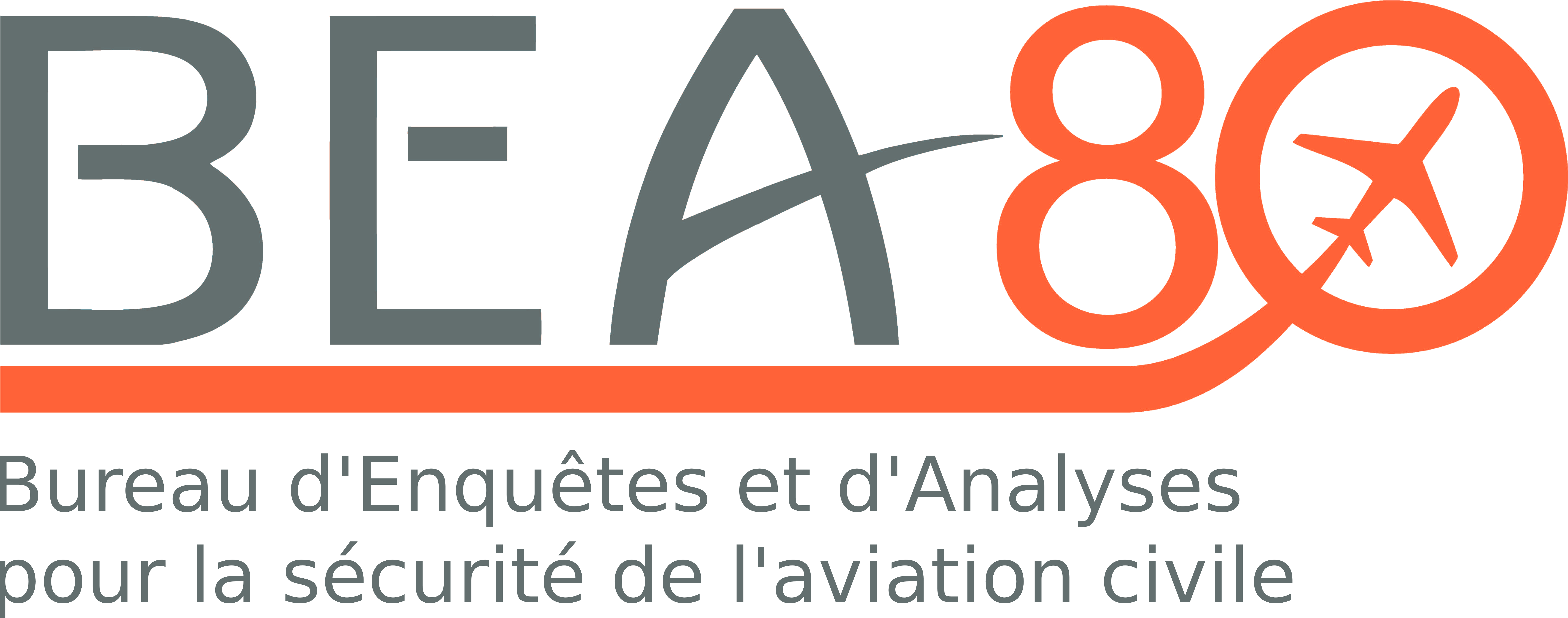Serious incident to the Airbus A340-313E registered F-GLZU and operated by Air France on 11/03/2017 at Bogota [Investigation delegated to the BEA by GRIAA / Colombia]
Décollage anormalement long
On 11 March 2017, the Airbus A340 registered F-GLZU and operated by Air France carried out flight AF423 (a commercial passenger flight) from Bogotá Eldorado airport (Colombia) to Paris Charles de Gaulle airport (France). Two hundred and sixty eight passengers and 13 crew members were on board. The captain was the Pilot Flying (PF) for this leg.
The take-off was performed at night from runway 13R which is 3,800 m long with a clearway (CWY) of 300 m. At 23:54 UTC, the crew applied 50 % thrust on brakes and then took off with full thrust (TOGA).
The captain initiated the rotation when the calibrated airspeed had reached the rotation speed (VR). The aeroplane was at 2,760 m from the 13R threshold. The rotation rate of the aeroplane was slow. The three crew members said that they heard the audio warning “PITCH PITCH”. The main landing gears left the ground when the aeroplane was at 140 m from the opposite runway threshold.
The aeroplane flew over the opposite runway threshold at 6 ft, detected by the Radio Altimeter (RA). The end of the CWY was crossed at a height of 20 ft RA. The speed was V2 + 9 kt. The aeroplane flew over the ILS antennas (first obstacle) at a vertical distance of 12 ft.
The climb then continued without any other particularity and the regulatory margins for obstacle clearance on the climb path of the second segment were complied with.
The investigation showed that the serious incident was the result of insufficient nose-up inputs from the PF which increased the take-off distance by 424 m with respect to the certified theoretical take-off distance plus regulatory safety margins, in the operational conditions of the day. As a consequence of this, the risk of a runway overrun or collision with obstacles was significantly increased.
In the conditions of the serious incident, the initial nose-up input then held at the typical value recommended by the FCTM (2/3 of the backward deflection) was not sufficient to reach the rotation rate of 3°/s which is the rotation rate retained in the certified performance model, also mentioned in the FCTM.
Before this event, the difference between the rotation rates obtained in operations and that taken into account in the performance calculations had not been identified by the operators of the Airbus A340-400 due to the absence of air safety reports and monitoring of take-off performance during flight analyses.
During the investigation, the operators, Air France and Lufthansa, the manufacturer, Airbus and the certification authority, the European Aviation Safety Agency (EASA) adopted safety measures which were communicated to the BEA.
On the basis of the safety investigation and taking into account these safety measures, the BEA has addressed seven safety recommendations to EASA. These recommendations concern:
- the certification of take-off performance;
- the management of risks related to long take-offs;
- the flight analysis programme.
